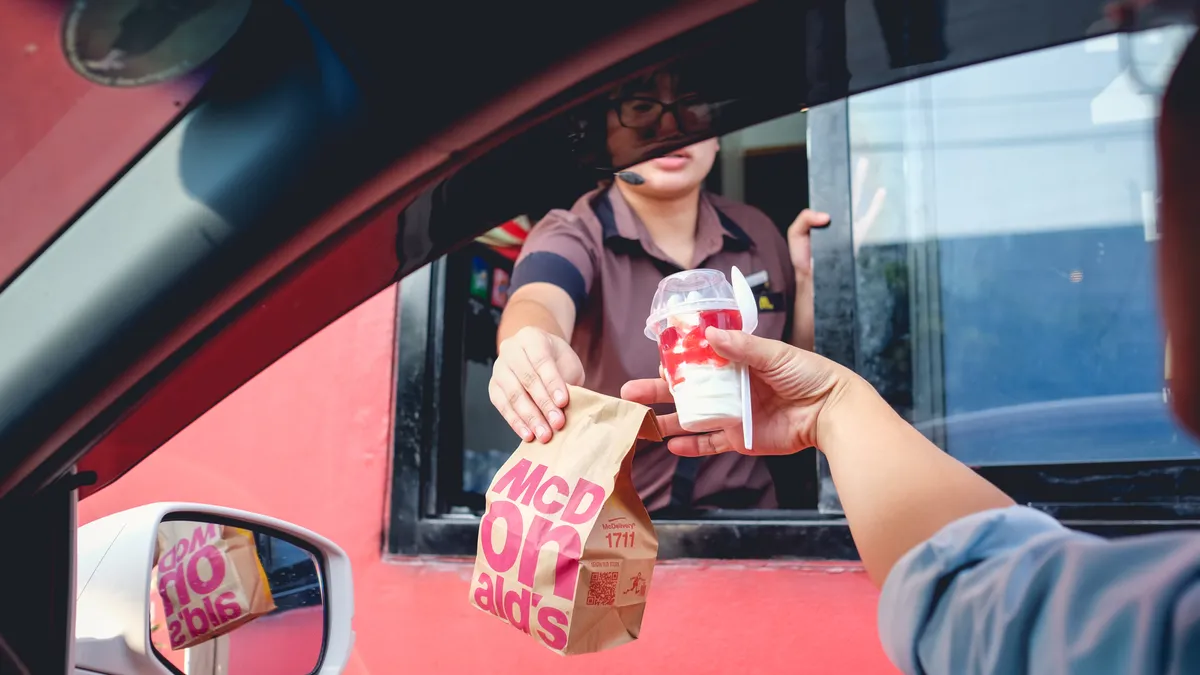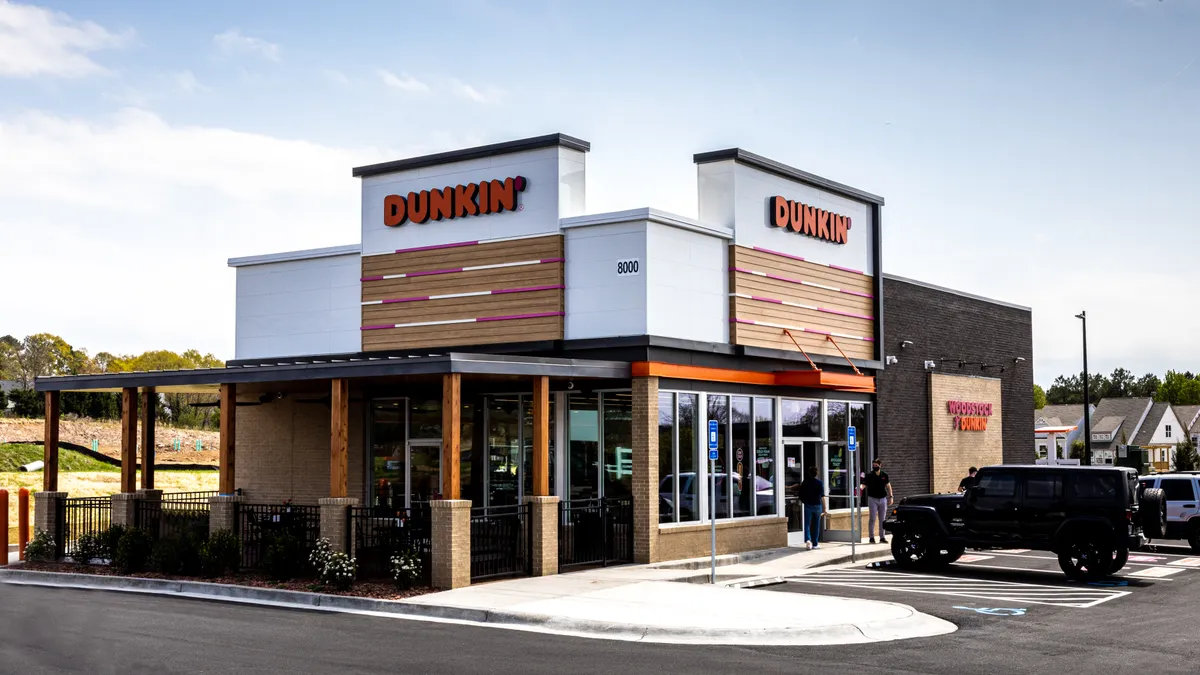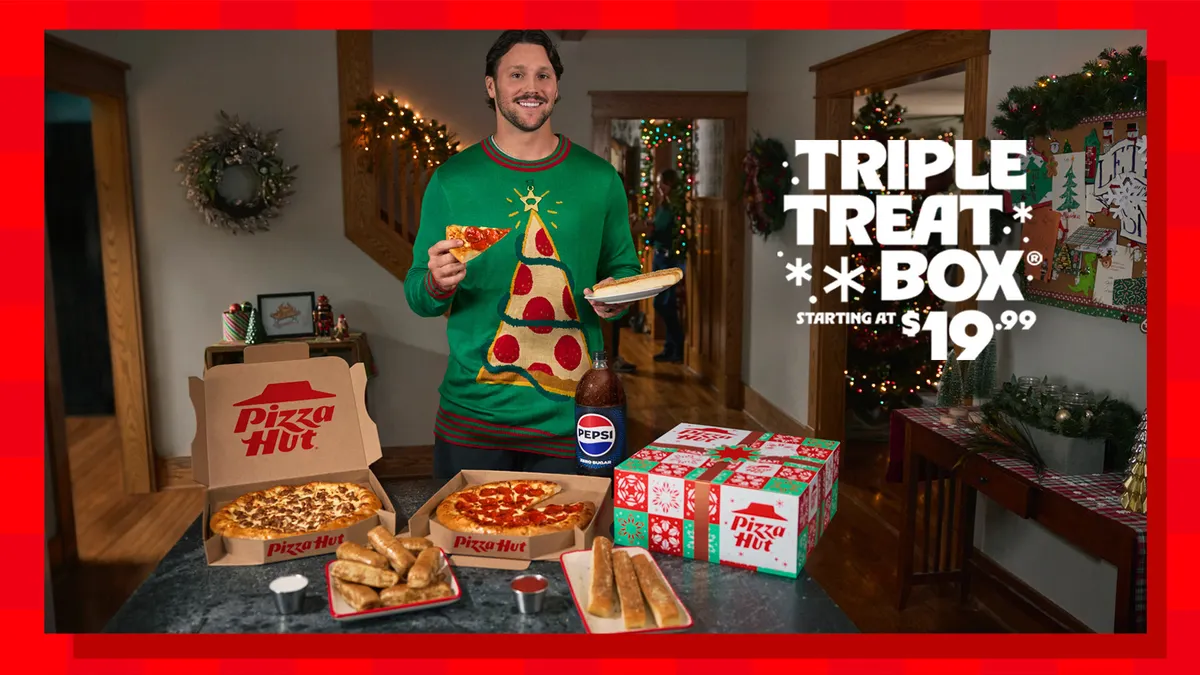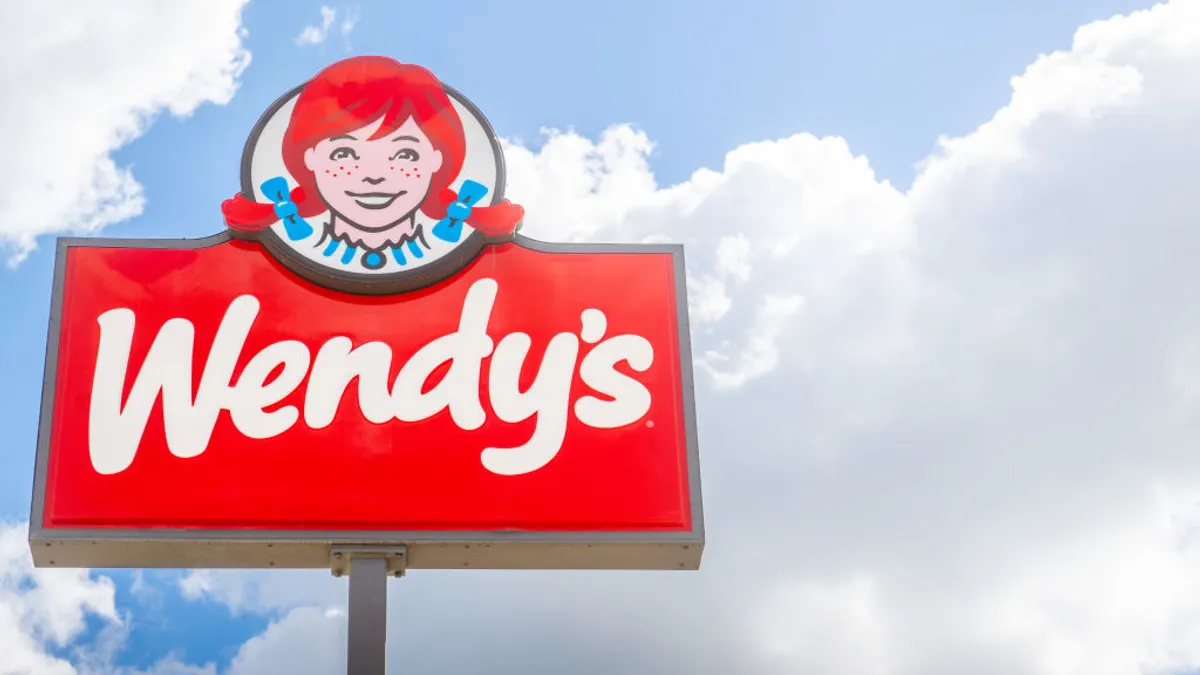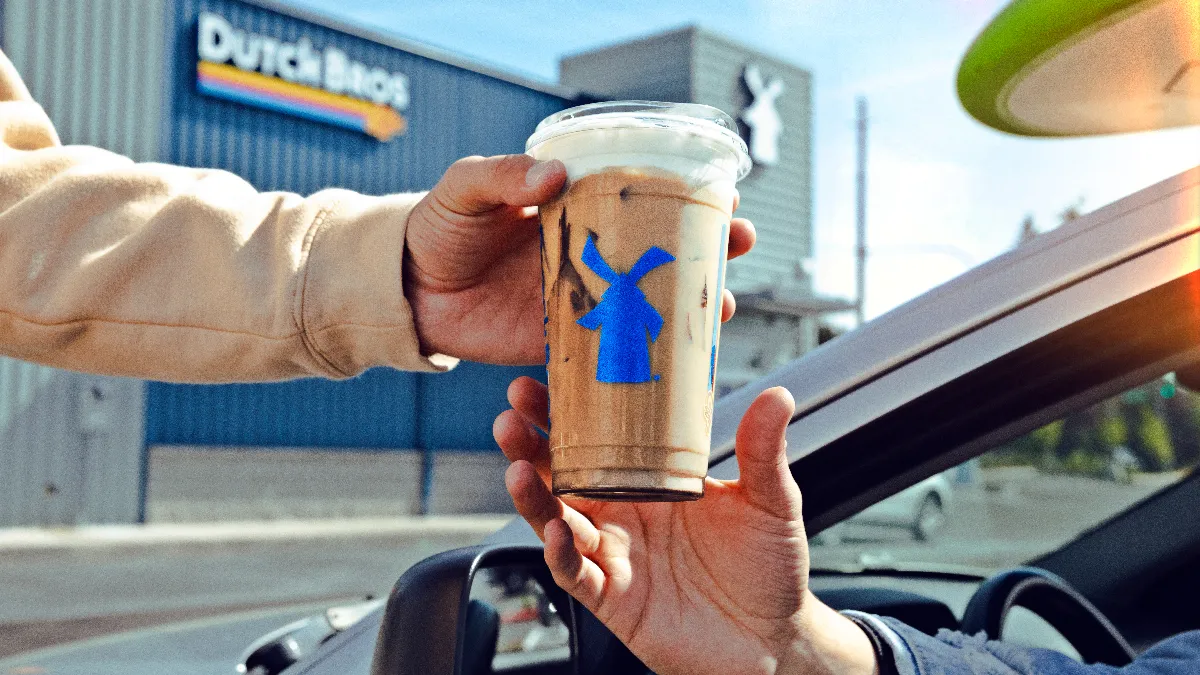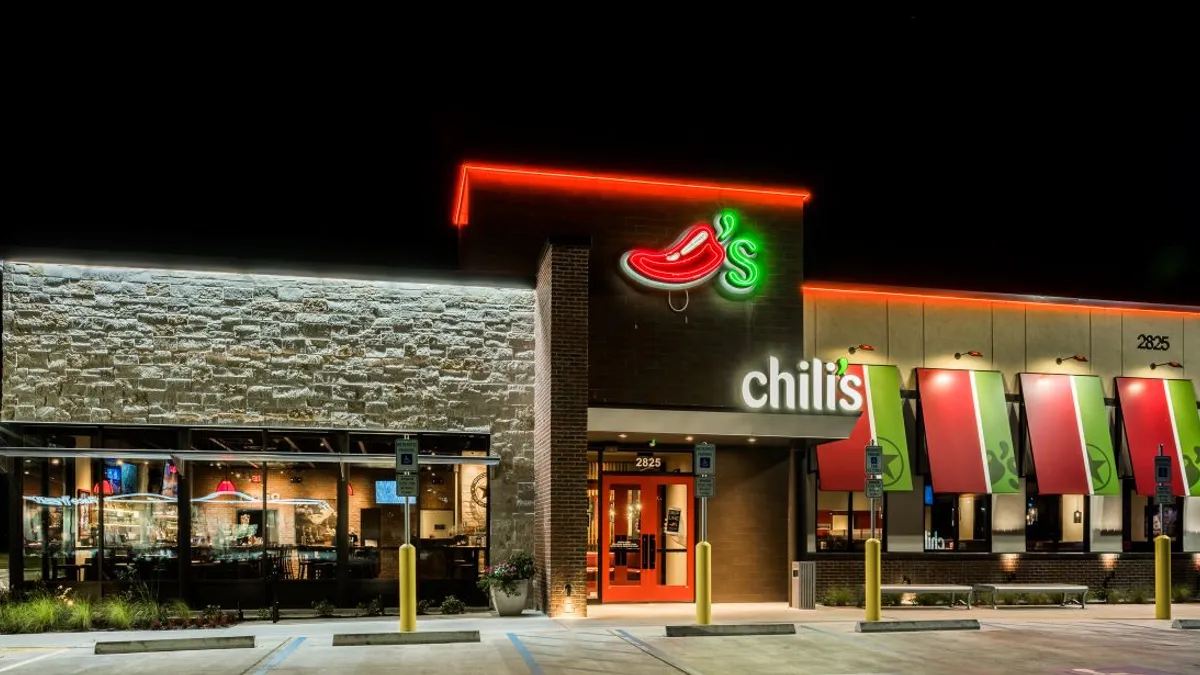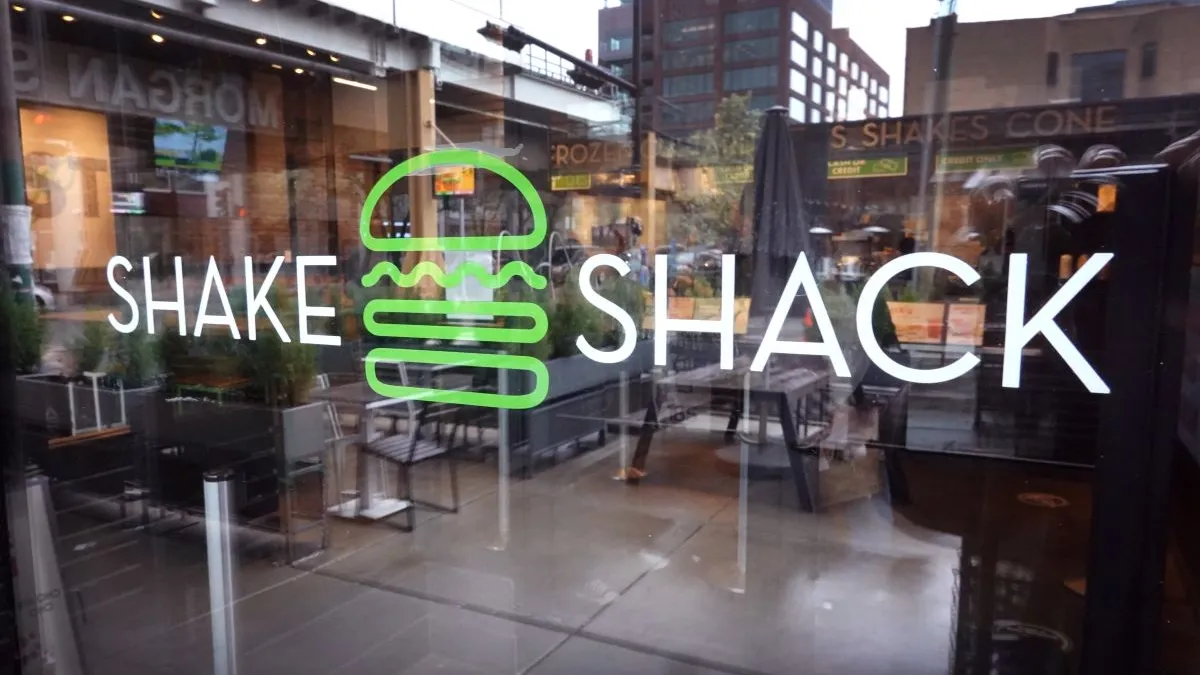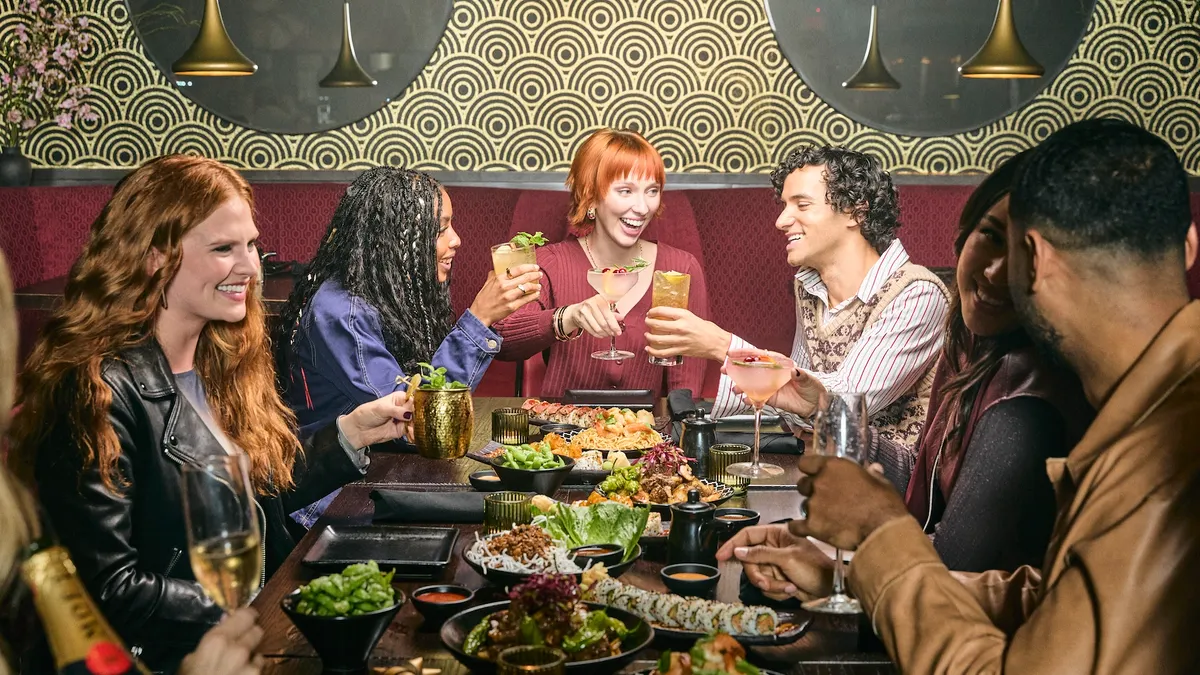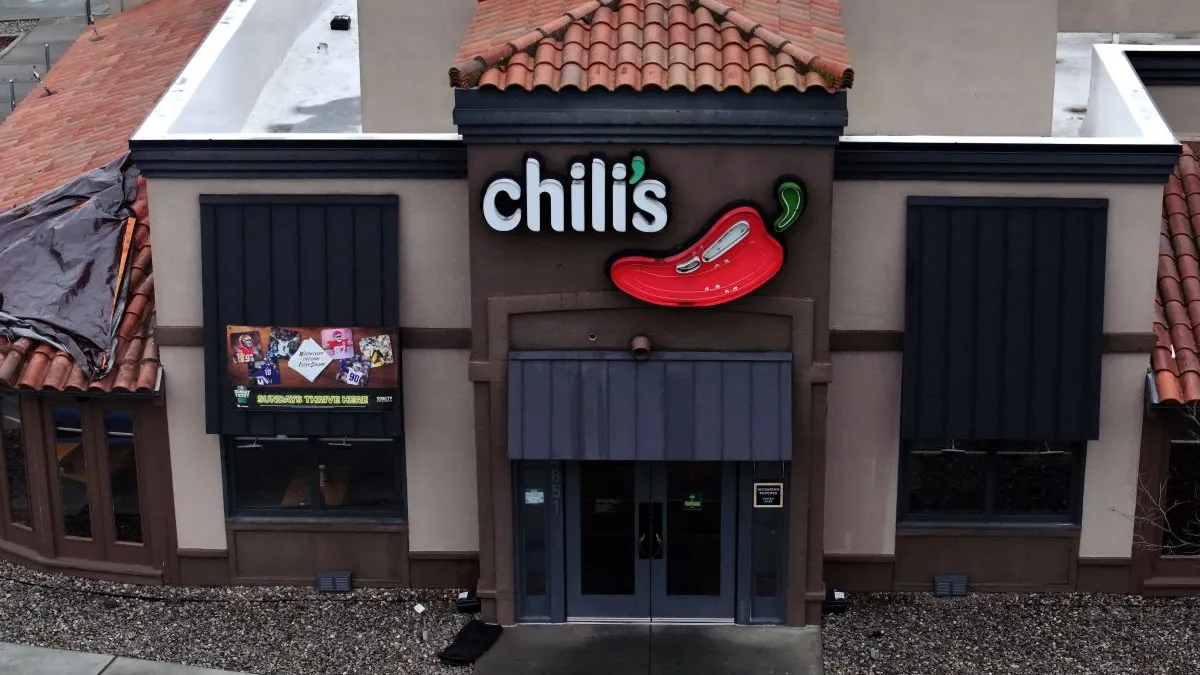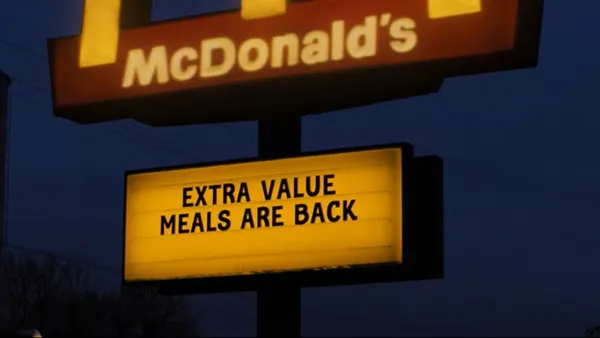CHICAGO — 2025 is on track to have the highest number of limited-time offerings at restaurants of any year — up to 39,000 if current trends continue — Joe Pawlak, a managing principal at Technomic, said during a session discussing winners in the restaurant industry at the 2025 National Restaurant Association Show on Monday.
Pawlak shared slides highlighting the increase in restaurant LTOs measured by Technomic in recent years, from 17,790 in 2020 to 36,830 in 2024. This year is on track to beat 2024’s total, likely because restaurants view LTOs as a way to manage recent traffic shortfalls.
“Over the past 14 to 15 months sales are soft, traffic is down, costs are going up,” Pawlak said, adding that tariffs are unlikely to improve the situation, as consumers save money in anticipation of rising prices and reduced economic prosperity. “Uncertainty around tariffs, from a consumer standpoint, has really spooked consumer confidence.”
On top of that, the restaurant industry is already extremely competitive, said Robert Byrne, senior director of consumer research at Technomic. In fact, Technomic estimates that there is one standalone restaurant for every 425 Americans. This means successful brands must navigate a heavily saturated market full of consumers who are hesitant to spend one more dollar, Byrne said.
Cravings get the better of consumers
Against that discouraging macroeconomic backdrop, craveable LTOs are breaking through, Byrne said.
Technomic’s annual surveys of consumer priorities reflect the growing importance of LTOs. In 2022, 50% of consumers said that a restaurant’s LTO offers were important when deciding where to eat. As of early 2025, that number had risen to 55%, according to slides shared during the session.
Craveable items were also important in diner decision making, with 74% of consumers saying it was a deciding factor in their choice of restaurants in 2022, which increased to 78% this year, per Technomic. New, exciting products also are top of mind, and 68% of consumers said it was a deciding factor for choosing a restaurant in 2025, up from 62% in 2022.
But craveability is an intangible and subjective property, even if it drives traffic through LTOs. Technomic surveyed consumers about a range of LTOs to find out which ones are rated as craveable.
Pawlak said multiple proteins are a big driver — 79% of surveyed consumers found Miller’s Ale House’s Honey Bourbon Salmon and Shrimp LTO to be craveable, while 78% said the same of Burger King’s Maple Bourbon BBQ Whopper. Out of the LTOs Technomic studied, those were two of the three most highly rated in terms of craveability. Brisket Street Tacos at Taco Cabana took second place.
Aside from combined proteins and premium proteins, like brisket, which helped drive traffic for Chipotle late last year, consumers are looking for innovative and flavorful sauces, particularly with bourbon notes. Both BK and Miller’s Ale House used bourbon-flavored sauces on their craveable dishes, while Bonefish Grill’s Old Fashioned Cedar Plank Salmon also came with a Jim Beam bourbon honey glaze.
Byrne said one example of an LTO-heavy menu strategy driving strong transaction growth was Taco Bell, which saw comps rise 9% last quarter. Byrne said this was driven by the brand’s “aggressive” LTO strategy, which includes offerings outside of its core menu. The brand recently brought back its nuggets for a second stint on the menu, and seems to be considering them for a permanent menu slot.
Byrne said Taco Bell’s LTOs are particularly good at making consumers crave. Like the LTOs discussed by Pawlak, Taco Bell makes use of premium proteins, like its Cantina Chicken Menu, and new sauces, like the Hidden Valley Ranch Fire Ranch Sauce, which launched alongside the original nuggets LTO.
“Cravings are that number one need-state, that emotional driver that forces the consumer to choose Taco Bell for a specific occasion. Forty-three percent in fact, are saying that, ‘Hey, the need to satisfy craving, which is the reason I chose Taco Bell,’” Byrne said.
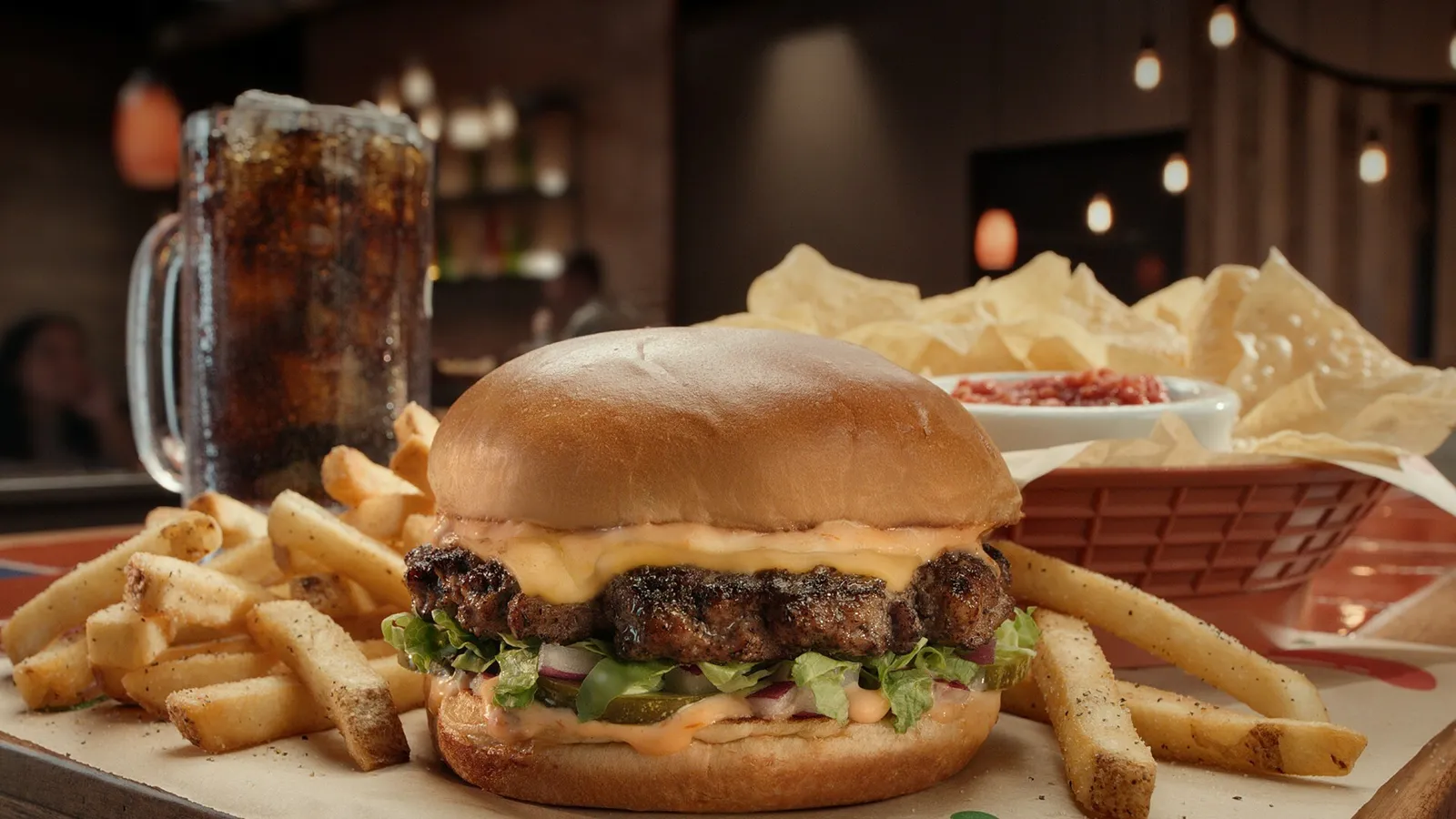
But value plays a role, too
Value is another major factor that’s driving success at standout restaurant brands.
Byrne cited Chili’s success at driving 21% traffic growth as demonstrating the importance of value. The Three-for-Me deal, which started with the Big Smasher Burger, means consumers can limit their spending at Chili’s to a minimum $10.99. This price is competitive with many fast food restaurants, and is an ambitious goal for a casual dining chain.
“[The Big Smasher Burger] was not aimed at direct competitors, but rather at quick-service restaurants — at every single consumer for every single potential occasion in the United States.
But the value play there is more than price,” Byrne said. “There's this relentless focus on operations that new management brought to the table alongside that Three-for-Me.”
Alongside the food, Byrne said, Chili’s offers a full-service experience. Pawlak also discussed the importance of on-premise experience in adding to consumers’ value perceptions and driving them to decide on a restaurant. Two surprising categories that increased in importance for consumers, Pawlak said, were music selection and in-store Wi-Fi, both of which have become increasingly important factors for diners picking a restaurant since 2022. The increasing importance of on-premise factors in driving consumer choice could reflect the degree to which that experience plays into a holistic value perception, helping to explain why some consumers might be trading up.





